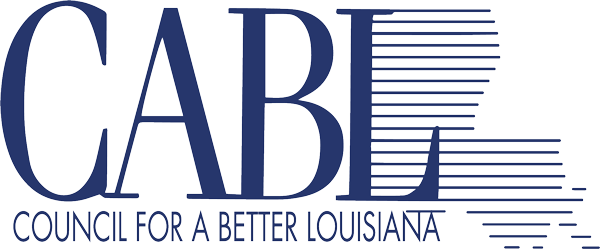
A new publication from the Public Affairs Research Council is one every person interested in Louisiana government should read. Louisiana Constitutional Reform: An Enduring Fiscal Framework takes a comprehensive look under the hood of our constitution and suggests ways to make it better. As the Louisiana Legislature prepares to embark on a legislative session where taxes and other fiscal issues are expected to be center stage, this study offers sound guidance for lawmakers and a readable tutorial for the general public.
Learning more about Louisiana’s constitution may seem like a somewhat academic undertaking, but the truth is we all have a lot at stake when it comes to our constitution. And in a state where voters are constantly being asked to make changes in our most fundamental governing document, we actually talk about it a lot.
The new PAR report examines the history of our constitution, tracks how it’s grown since its adoption by voters in 1974, and explores some of the reasons why we love to tinker with it. It also takes a deep dive into two big areas that have bedeviled us for years: taxes and dedications.
That’s where things can sometimes get controversial, but that’s also where policy makers need to pay attention. One of the problems state leaders face when we get into one of those periodic fiscal binds is that our constitution restricts so much of what they can do.
Sometimes it’s because the Legislature and, by extension, voters have placed too much specificity in the document. Other times it’s because they don’t want anyone to be able to tamper with various revenue streams, so they place them in a dedicated lock box. Sometimes, that makes sense. Other times we seem to be providing radical protection to things that probably don’t rise to the level of a top state priority.
The PAR report tackles all of this with recommendations that include taking out some of the overly specific directives in the constitution and suggesting levels of dedicated revenues with varying thresholds for accessing them based on priorities.
Placing these ideas on the table now is timely, because as lawmakers chart out a legislative agenda this year that looks at some significant tax restructuring, many of the obstacles noted in the study will be ones they have to deal with. CABL, through its partnership with PAR and the Committee of 100 for Economic Development in the RESET Louisiana initiative, will play an active role in these tax discussions, with a goal of strengthening the state’s fiscal policies and making Louisiana more competitive.
A number of the changes RESET and others are seeking involve revisions to the constitution. It would be nice if fewer of those items required constitutional amendments, and if any of them pass, it would be good if they heed the recommendations in the PAR report and avoid simply swapping one section of overly restrictive language for another.
Time will tell, but in the meantime, one doesn’t have to be a constitutional scholar to draw insights from PAR’s study. There will surely be disagreements about some items, and it may be unlikely that we will ever get to a constitutional document as pure as the one PAR tries to envision. But it’s good to have the history, issues, and context surrounding our constitution all in one place for policy makers to see.
The best way to avoid the mistakes of the past and take advantage of the opportunities of the future is to have a road map to guide your journey. This new PAR study provides that and more for our constitution. Let’s hope that before too much longer we actually decide to hit the road.
